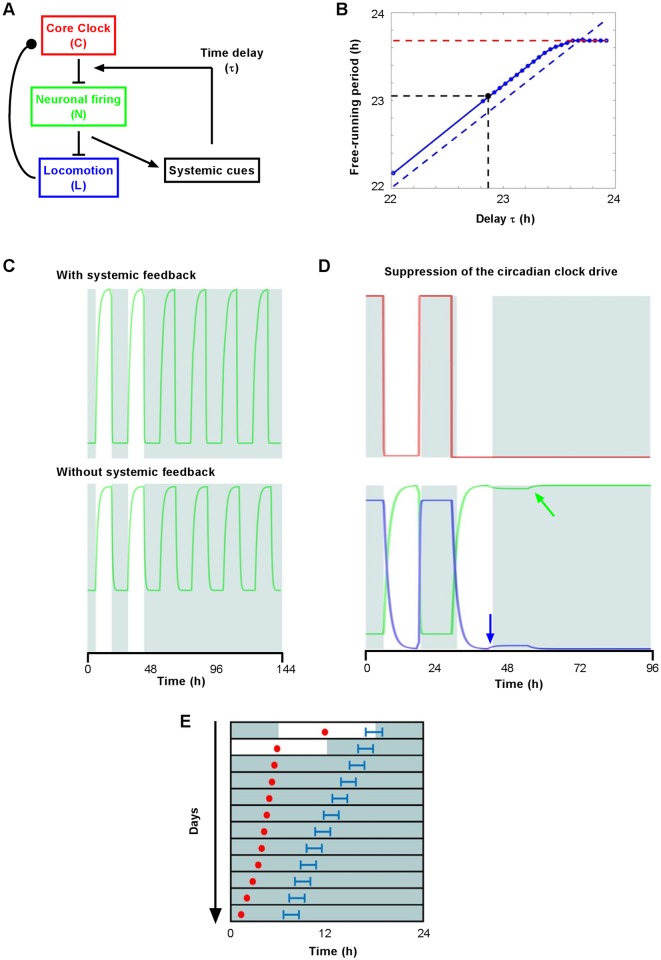Fig 6. Modeling the regulation of SCN outputs by systemic feedback.
A. Diagram depicting functional interactions entered into the mathematical model. B. The apparent free-running period of the locomotor rhythm (solid blue line) depends on the values of t and of the intrinsic period of the circadian clock. This example is constructed with numerical values published by Reinke et al. [31], with the clock period set at 23.68 h (dotted red line). For an apparent period of 23.05 h, the value of t is 22.86 h (dotted black lines). The dotted blue line represents the line y = x. C. Predicted rhythmicity of the SCN electrical output when systemic feedback is suppressed, as in SCN slices. The reduced amplitude of the SCN output recapitulates dampened rhythms observed in lactating and Hsf1-/- mice [35]. D. The suppression of clock oscillations (red line) recapitulated the rebound-shape pattern of SCN firing (green arrow) and pre-dark locomotor behavior (blue arrow) observed in Cry1-/- Cry2-/- mice [2, 36]. E. Phase-dissociation between clock oscillations and overt rhythms after abrupt phase-shift of C, as in the case of a 6-hour advance of the light schedule [37]. (Red dots and blue lines represent the middle of the up-state of C and the onset of L, respectively.)

